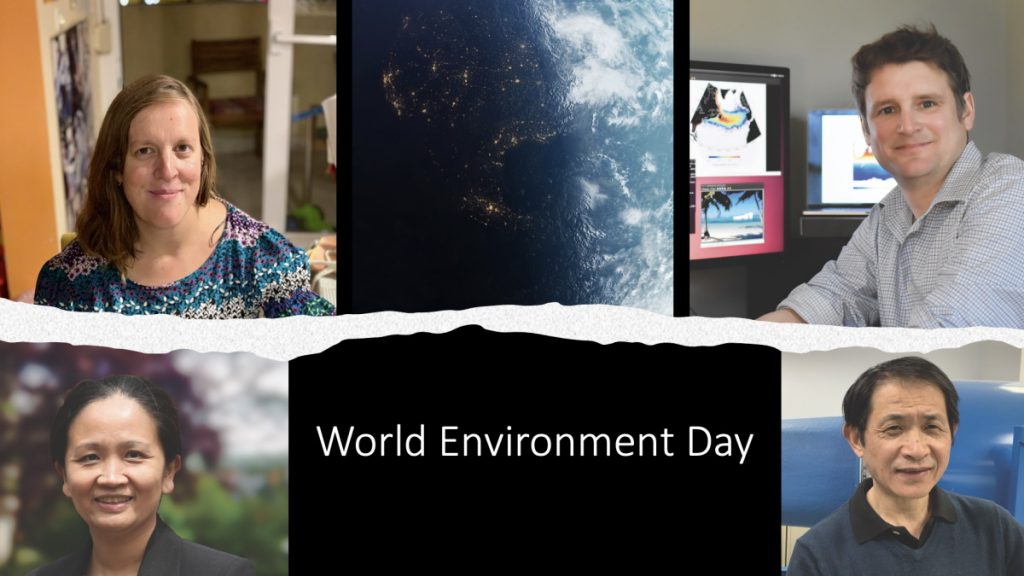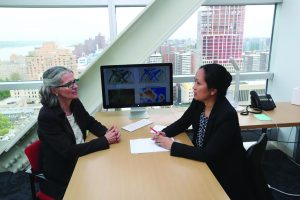World Environment Day: What are scientists doing to reimagine, recreate and restore our planet?

It’s World Environment Day on Saturday 5 June and the theme this year is: Reimagine. Recreate. Restore.
“We cannot turn back time. But we can grow trees, green our cities, rewild our gardens, change our diets and clean up rivers and coasts,” it says on the United Nations website. “We are the generation that can make peace with nature. Let’s get active, not anxious. Let’s be bold, not timid.”
It can be a challenge not to be anxious or timid when faced with news reports of environmental devastation and degradation around the world, but there is much to feel positive about. Let’s take a moment to reflect on the scientists and engineers who are working hard to reimagine, recreate and restore our planet.

Climate modelling: predicting the future of our planet
The Earth’s climate is changing due to greenhouse gas emissions resulting from human activity. Being able to predict these changes is crucial for preparing for their effects and for providing the motivation needed to reduce emissions. Dr Alan Condron of the Woods Hole Oceanographic Institution is developing some key climate models to bring these predictions into existence.

How do sea level oscillations contribute to sea level extremes?
Since 1880, the global mean sea level has risen by between 21 and 24 centimetres, with approximately one-third of that happening in the last 25 years. Dr Jadranka Šepić of the University of Split in Croatia is investigating areas are at the greatest risk of sea level oscillations – variations in the average level of a sea’s surface. Her hope is that tools will be developed that will allow for timely warnings, saving untold lives and restricting the devastating impact these events could have in the future.

Using Big Data to map forests, tree by tree
Tropical forests are made up of hundreds of tree species. Knowing what forests are made of at the individual tree level can unlock many secrets, not least how forests respond to the effects of climate change. Professor Tian Zheng, a statistician at Columbia University, USA, has teamed up with Professor Maria Uriarte, an ecologist, to combine their skills with big data and ecological know-how to map tree species in tropical forests.

What if raindrops could help us understand climate change?
A raindrop falling onto the ocean seems like a simple event, but behind this, there is an incredibly complex sequence of physical processes. Dr Xinan Liu of the University of Maryland, USA, uses advanced techniques to film raindrops. His aim is to understand the physics and how the small act of rain falling onto water contributes to our global climate.
Read more about this:
Visit the articles/Earth and environmental sciences page for even more research articles: https://futurumcareers.com/articles

